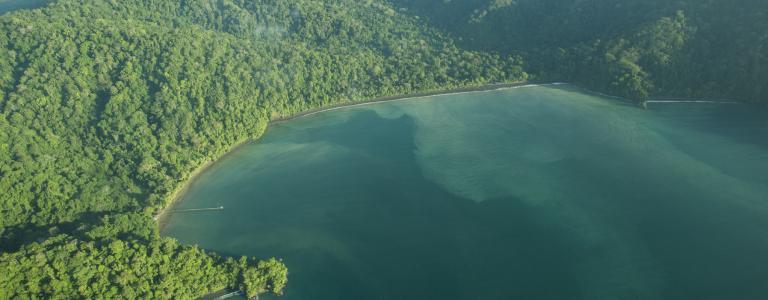Conflict-Sensitive Conservation
Natural resource management is often a source of conflict.
Conservation practitioners know all too well that their work is a form of conflict management, trying to reconcile competing (and sometimes incompatible) interests in the same—often dwindling—natural resource base. The links between natural resources and conflict are particularly evident in developing countries, where poverty, population growth and dependence on natural resources are high. Here, the availability of and access to natural resources are more likely to affect livelihood security, wealth distribution, power structures and even group identities—some of the most common sources of conflict. By trying to protect and sustainably manage the natural resource base and improve human well-being, conservationists are effectively working to minimize important causes of conflict. Conservation, in this regard, can be seen as a mechanism for conflict prevention and peacebuilding.
However, managing competing interests over scarce natural resources has its risks. Conservation policies and practices can create or exacerbate grievances that, in turn, lead to conflicts with, between and within local communities. Thus, efforts to manage and resolve natural resource-based conflicts through conservation can in themselves lead to other forms of conflict.
These dynamics underscore the need for practitioners to design and implement conservation strategies and activities that are sensitive to the causes and impacts of conflict. IISD’s conflict-sensitive conservation approach does just that: it offers guidance for conservation programming and implementation that takes into account the causes, actors and impacts of conflict in order to minimize conflict risks and maximize peacebuilding opportunities.
Since developing the approach, IISD has worked in a number of different contexts (East, West and Central Africa; Latin America) to integrate conflict sensitivity into conservation programming.
Latest
You might also be interested in
AquaHacking Lake Winnipeg
We are challenging young innovators to team up and develop new and innovative solutions to tackle urgent freshwater issues.
Sustainable Food Systems in Canada
In 2021, a team of IISD experts completed an internal exercise that sought to map out a path for sustainable food systems in Canada.
IISD Next: Campus Workshop Series on Sustainability
A free workshop series on sustainability to educate and empower youth worldwide with tools on policy, sustainable development goals, and more.
Discovering What Oil Spills Do to Fresh Water
Groundbreaking new research into the impacts of diluted bitumen on fresh water systems.


